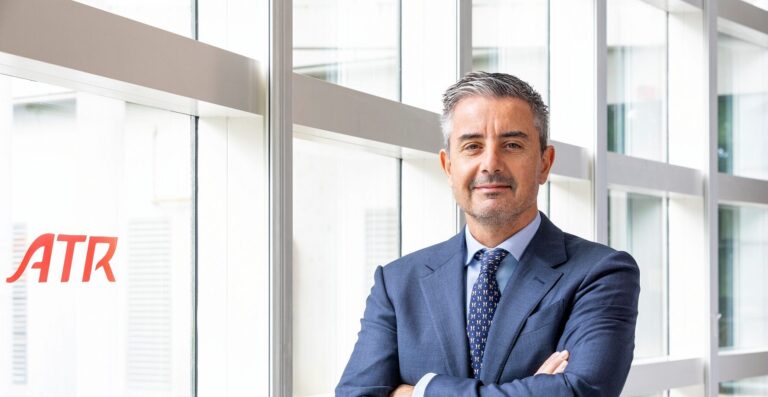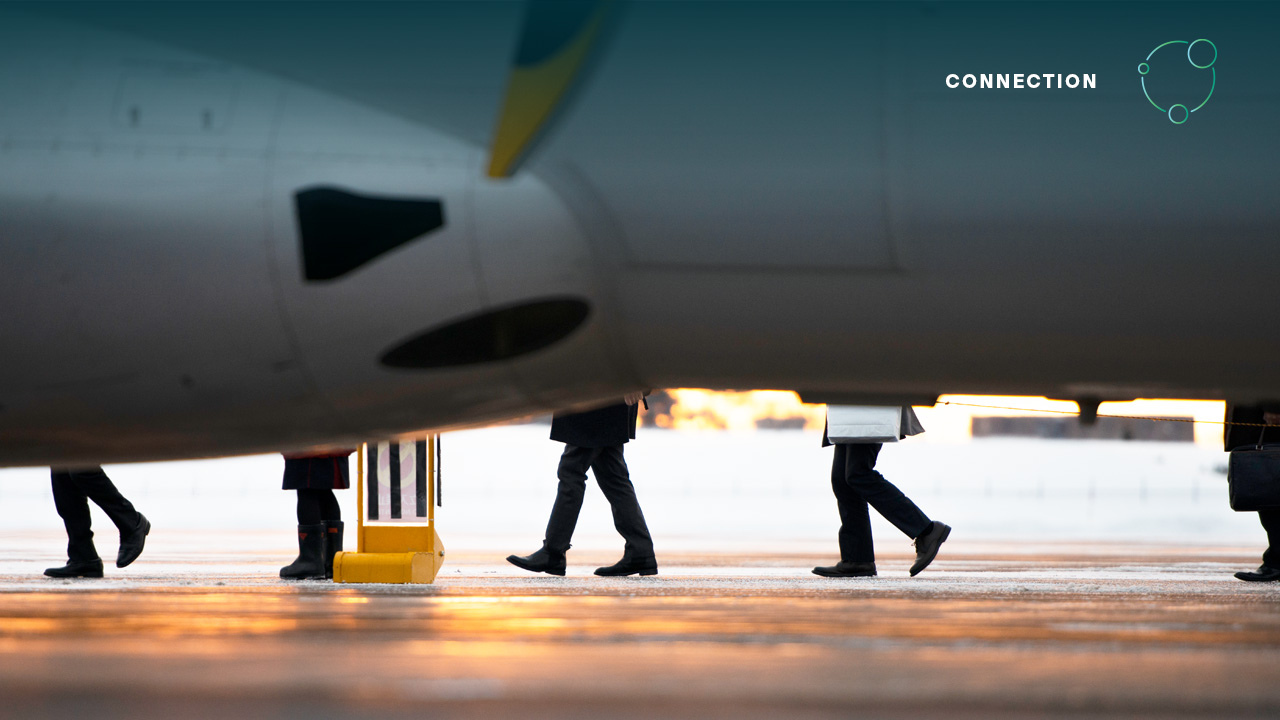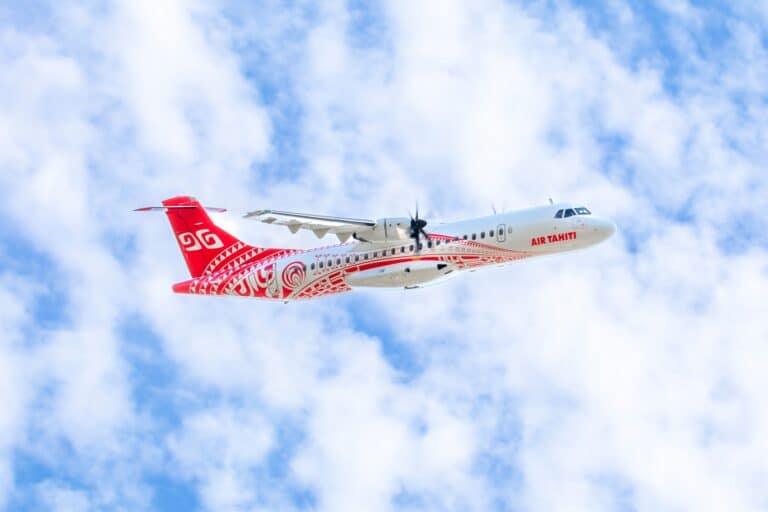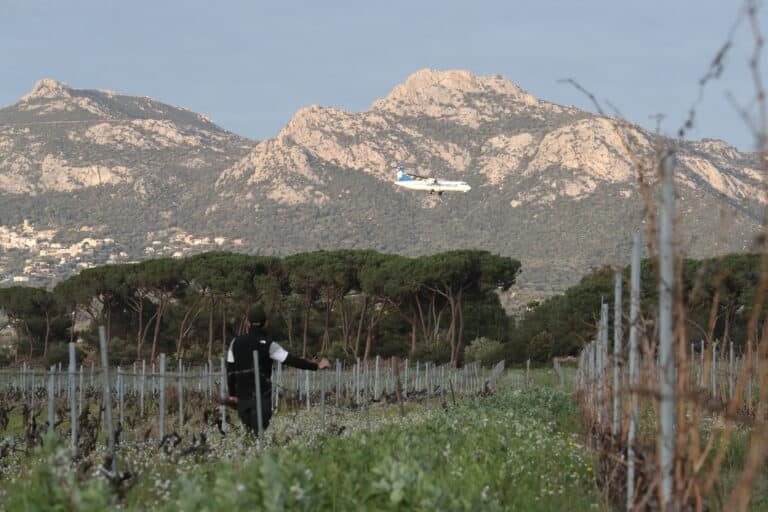Europe’s Rich Tapestry Connected by Flight
With 725.8 million internet users out of the 741.8 million people living in Europe, being connected has become an integral part of our daily lives. It means having instant access to information, resources, and people from any corner of the globe. It encompasses a sense of belonging, communication, and limitless possibilities.
That said, the need for every community to access fresh produce, healthcare and education has always existed and these connections cannot be only virtual. Some of these domestic links take place on the ground, except in regions with significant natural barriers to overcome, like mountains or vast stretches of water, or where direct rail links do not exist, and travel times by road or boat are simply too imposing. There, aviation has emerged as a vital lifeline connecting communities.
Europe’s rich tapestry spans bustling metropolises and vibrant urban areas, but also alpine villages, fine sandy beaches and remote peninsulas – all of which encompass a patchwork of unique cultural identities forged over centuries. United in name, Europe holds multitudes within its borders. This fabric stretching from familiar capitals to remote outposts depends on regional mobility to retain coherence and connection.
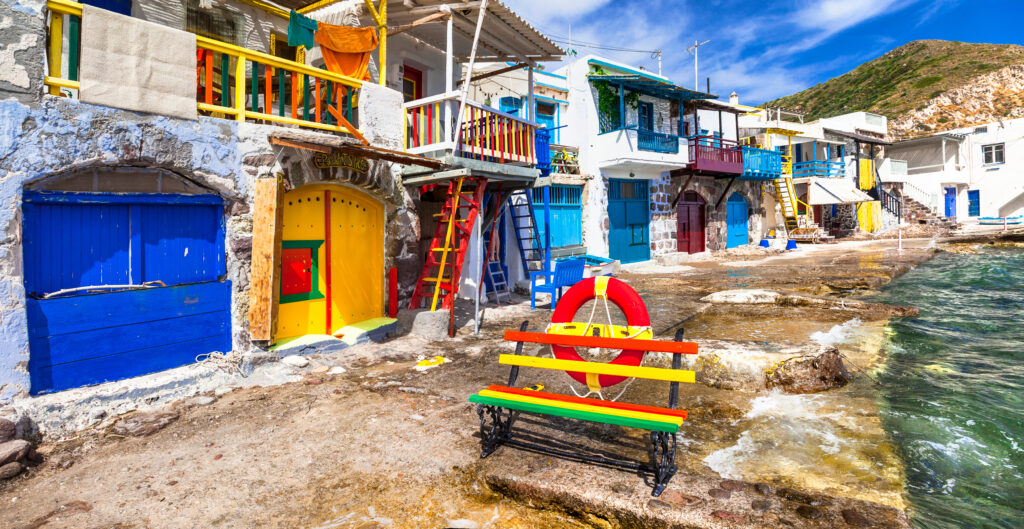
With globalisation, our world expanded, and digital connections, though they facilitate exchanges and bridge gaps, cannot replace the depth and intimacy of physical proximity. In many moments of life, the perception that we have of being always connected can be seriously challenged.
At a time where climate change forces us to change our daily behaviours and approach to travel, what is the true meaning of ‘sustainable connections’? What kind of ‘sustainable connections’ are truly uniting Europe, keeping communities and regions alive?
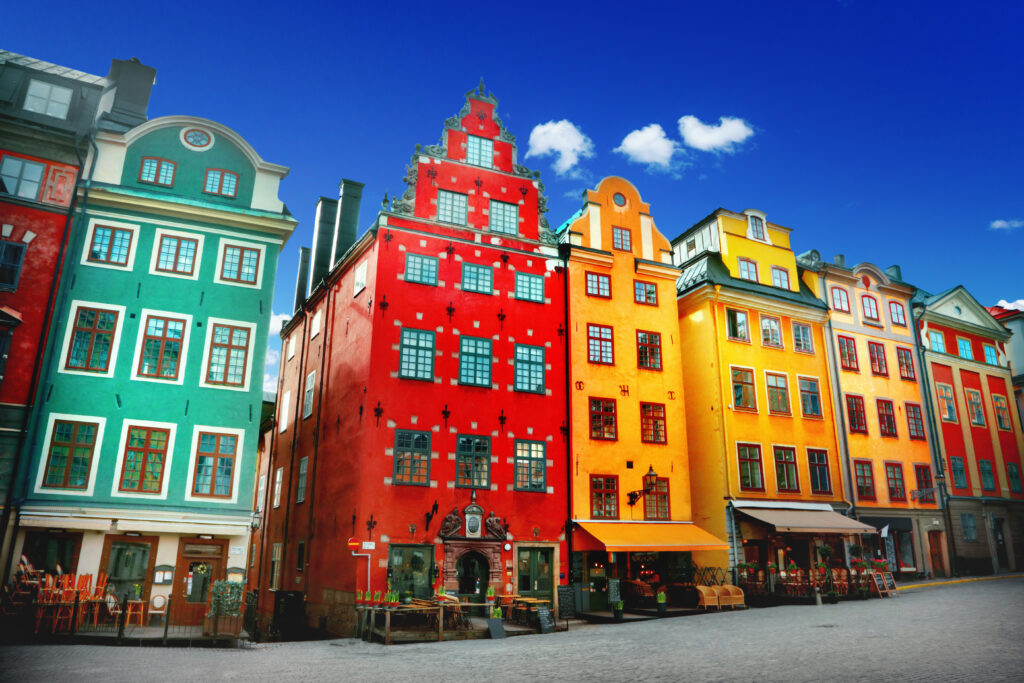
Connecting Europe from North to South
When considering the essential mission of regional air connectivity, many examples come to mind, including in Europe’s northernmost reaches, where ATRs link small communities scattered across remote islands and the countryside. Take the Danish island of Bornholm in the Baltic Sea, where real estate costs a fraction of prices in Copenhagen. Many residents have chosen Bornholm for its beauty and affordability while commuting to jobs in the capital. This lifestyle depends on the convenient air shuttle services operated by regional carrier DAT, using its fleet of ATR 72s. Up to six flights a day allow flexible trips to Copenhagen and back, with flight times of about 30 minutes. With the rise of hybrid work, this airbridge offers opportunities for people to relocate to communities and places that would otherwise not be possible.
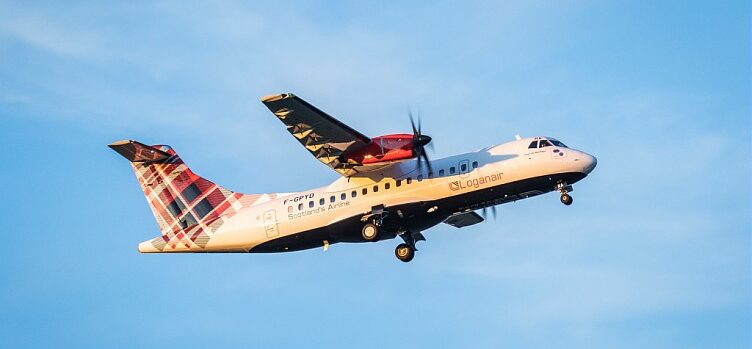
On the Shetland Islands, off Scotland’s northern shore, Loganair’s ATR 42s and 72s connect the islands to civilisation across unforgiving seas. No other commercial aircraft type besides the ATR has both the sturdiness and economic efficiency to serve such communities over the long run.
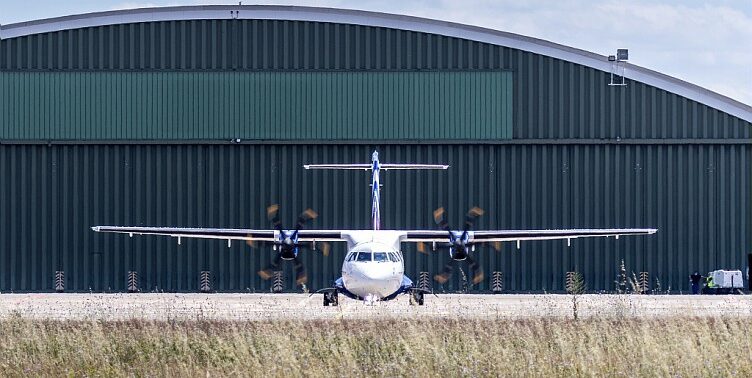
The same scenario plays out on islands dotting Greece’s Aegean Sea like Santorini, Lesbos, and Kefalonia. Built to take off and land on shorter runways, ATRs reach destinations that jets simply cannot. This short runway capability paired with unbeatable fuel efficiency allows carriers like Sky Express to connect tiny islands during the winter months when ferry services are less reliable. For island residents and visitors alike, the ATRs provide a vital lifeline to handle medical emergencies or urgent business on the mainland.
ATR’s planes also facilitate social inclusion by giving remote students access to educational opportunities. Kuressaare College located on the Baltic island of Kuressaare is part of Estonia’s most international university TalTech. ATR shuttles provide an airbridge for students to and from the mainland and ensures their access to essential services and a bustling campus life.
Unbeatable Economics Enable Route Viability
The key to making such routes viable year-round is obviously aircraft economics. It’s the difference that sets up operators to turn profits when other airlines struggle to keep these low-demand short-haul destinations on their route maps. In that respect, turboprops, and ATRs in particular, deliver more than transportation – they provide a lifeline.
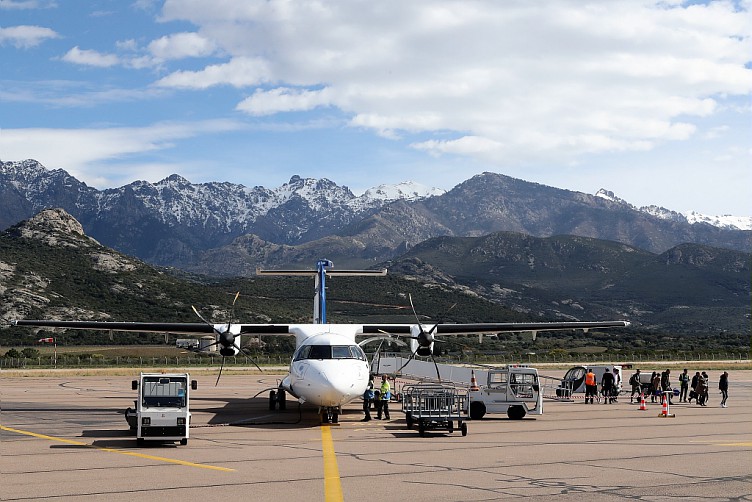
And the economics only improve as oil prices rise. Already burning 30 percent less fuel than other turboprops of the same capacity, ATR aircraft enjoy an even greater advantage compared to similar-size regional jets, with a 45 percent reduction in both fuel consumption and CO2 emissions. That gives ATR operators a selling point with eco-conscious customers and bolsters the business case for serving remote areas, from Lapland to Malta, from Cyclades to Azores.
Through lower fares and expanded choice, ATR links enable commerce, empower workforce mobility, and ultimately uplift communities. And by securing access to public services and specialised care, the flights become a lifeline for the most vulnerable.
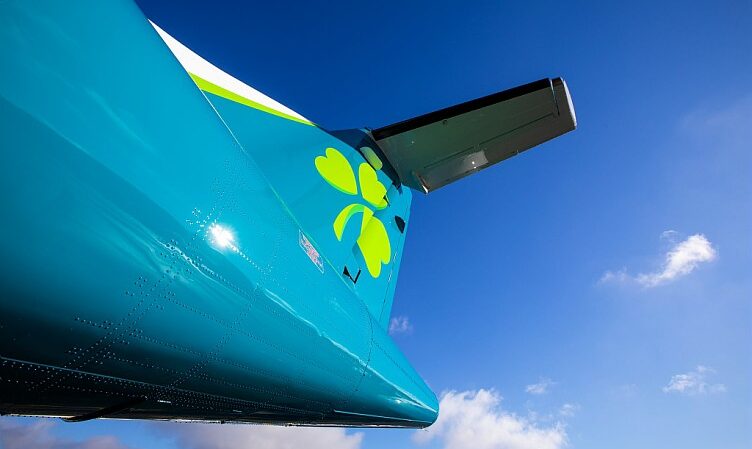
For instance, Ireland’s Emerald Airlines provides vital connectivity between mainland hubs and Irish islands like Aran. Without those connections, island economies would crumble. For elderly residents, the flights also represent a critical pathway to healthcare as options become scarce locally. It is no exaggeration to say ATR operators enable modern life in some of Europe’s farthest corners. Isn’t it also what sustainability is about?
Fostering Sustainable Regional Connectivity
Reducing carbon emissions is essential, however we must at the same time ensure that air travel remains affordable and accessible for all. Connectivity is not just a matter of convenience; it is a fundamental driver of economic growth, social cohesion, and cultural exchange.
Faced with goals to curb emissions and expand regional access, carriers and governments alike should view turboprops not as nostalgia but as a key technology for the future and a critical tool for sustainable development. No one understands that reality better than ATR.
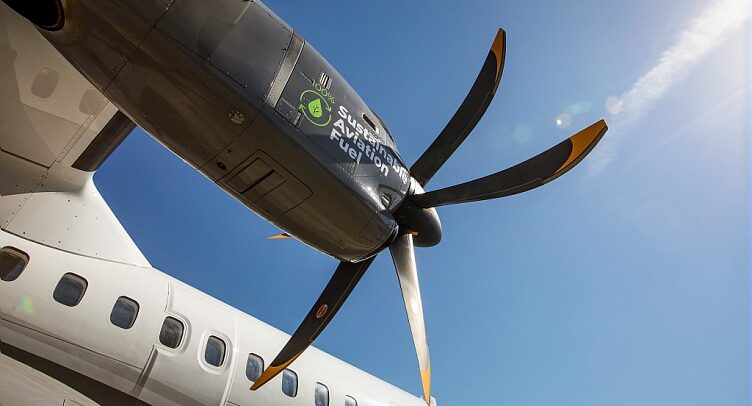
ATR is committed to achieving 100% SAF readiness of its aircraft family by 2025 and is already working on the pre-feasibility study of its ‘EVO’ concept to further reduce emissions at the horizon 2030. If previous models are any indication, that aircraft will enable us to sustainably connect communities for decades to come. Which stands as the best news possible for travellers across Europe seeking affordable and low-emission regional air links.
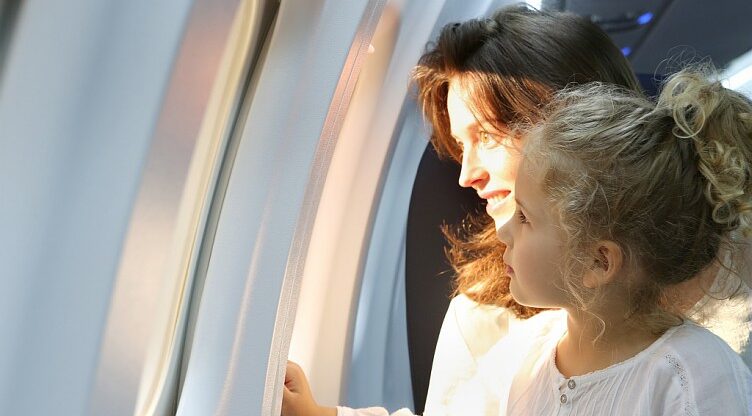
ATR also continues modernising avionics and cabin amenities to meet rising passenger expectations. The latest configuration of its ATR 42-600 and 72-600 models competes handily with regional jets on comfort while retaining its signature durability and efficiency. With a new in-flight entertainment system and options for streaming media from personal devices, the passenger experience approaches that of larger jets. Such comforts make frequent regional travel more enjoyable for business and leisure flyers alike.
Delivering More Than Just Transportation
With turboprop aircraft built for big city hubs as well as the most challenging conditions, ATR enables airlines to connect areas that would otherwise remain isolated. By making year-round service financially sustainable, ATR’s aircraft foster social and economic vitality.
Like migratory birds bound to no border, regional airlines operating turboprops stitch the continent’s farthest reaches together into the larger tapestry that make up Europe. Their wings carry the necessities of modern life – channels for trade, culture, care, and community.
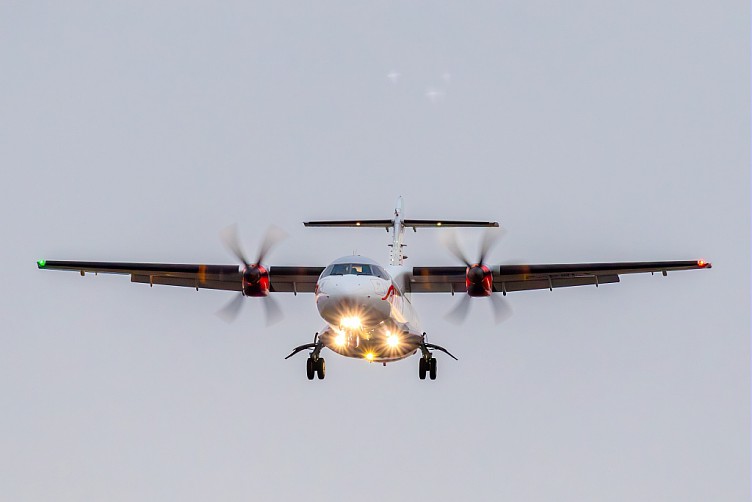
The work of regional operators epitomises aviation’s highest purpose – to uplift and connect communities. They are the unsung heroes who enable point-to-point links from familiar hubs to the most remote outposts. They keep Europe together. Without their tireless efforts offering reliable connectivity, the essence of Europe’s richness would fray. And no planes do that job more reliably than the ATRs. It is this purposeful and powerful union that promises to bridge distances both near and far for decades yet to come.
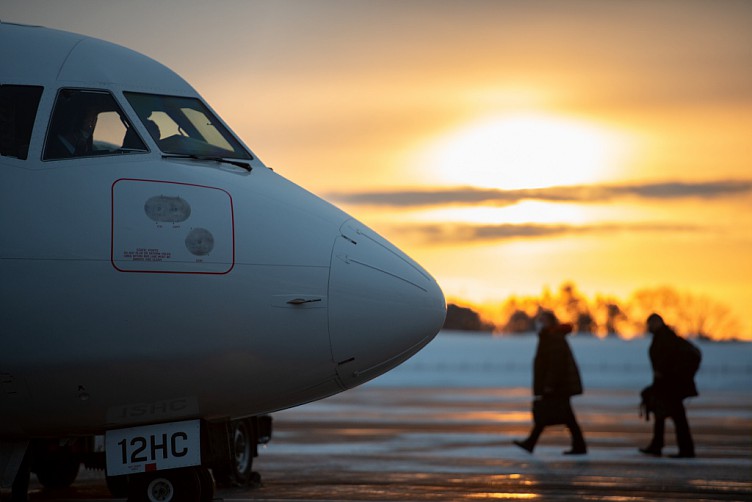
ATR’s quiet purpose echoes the words of pioneering aviator Antoine de Saint-Exupéry, who said “a network of airways is not made only of technology and trade, but the dreams and courage of men.” Through the visionary dreams of its founders, ATR empowers courageous operators to defy geography and link communities once dismissed as too remote or obscure to matter. Those airbridges transform lives in immeasurable ways, fostering connections both material and emotional.
And by opening new horizons through sustainable aviation, regional airlines make the world feel a little more close-knit, one flight at a time. If Saint-Exupéry is right and the magic of flight springs from human daring, then regional operators manifest magic daily across Europe’s furthest frontiers.






